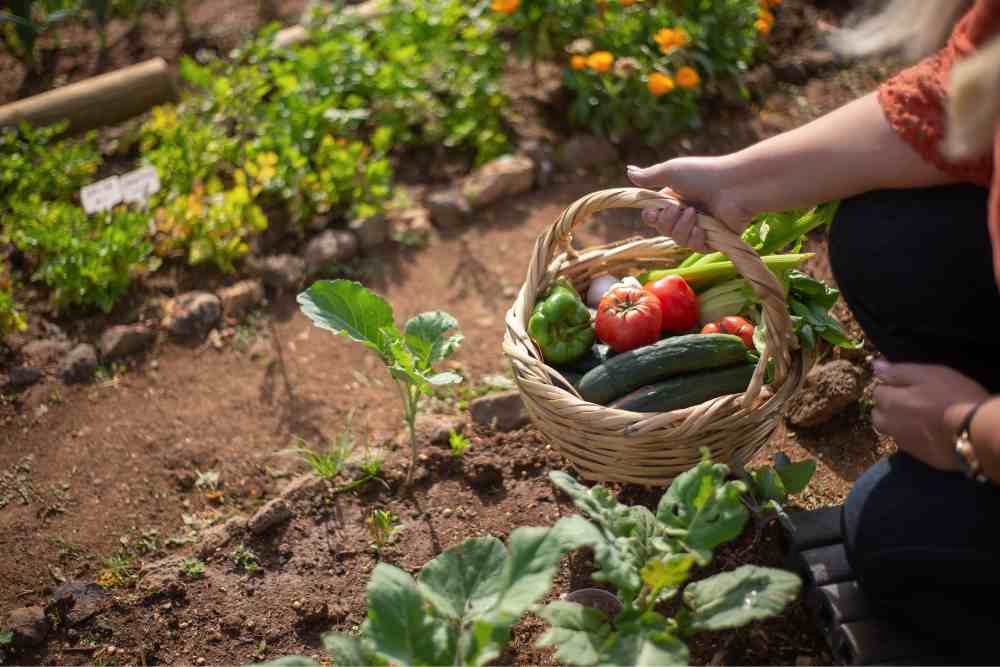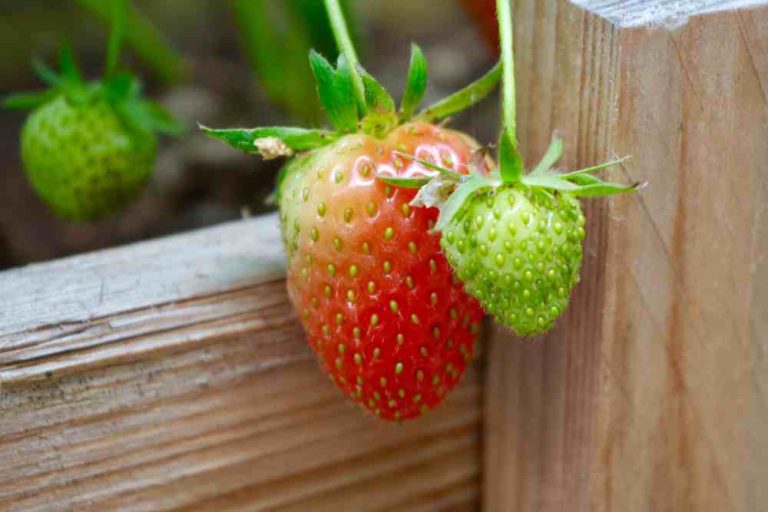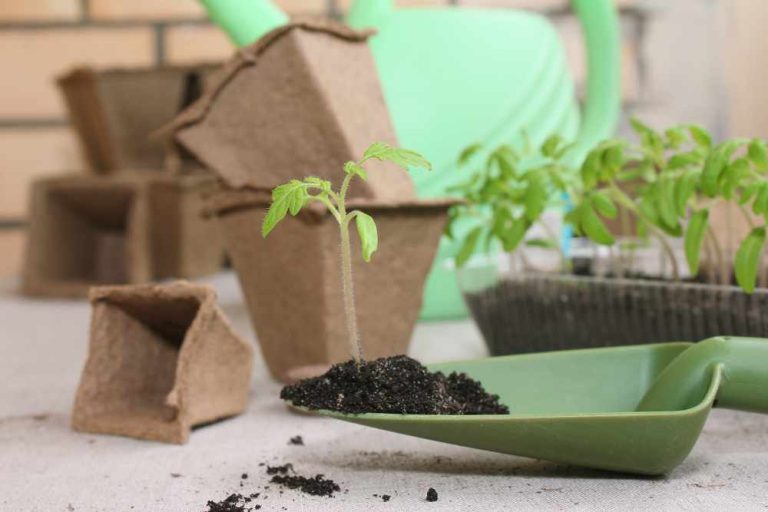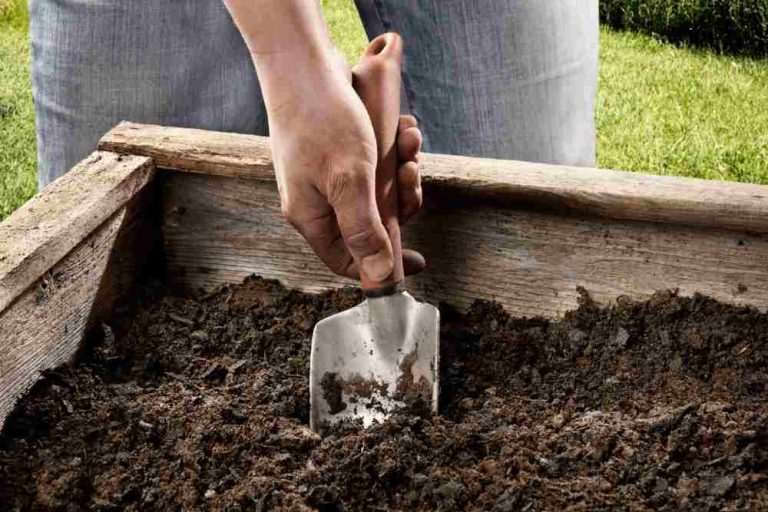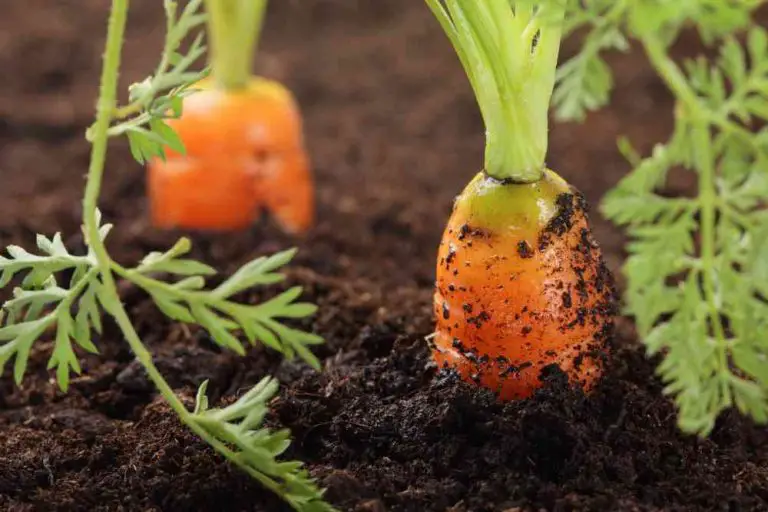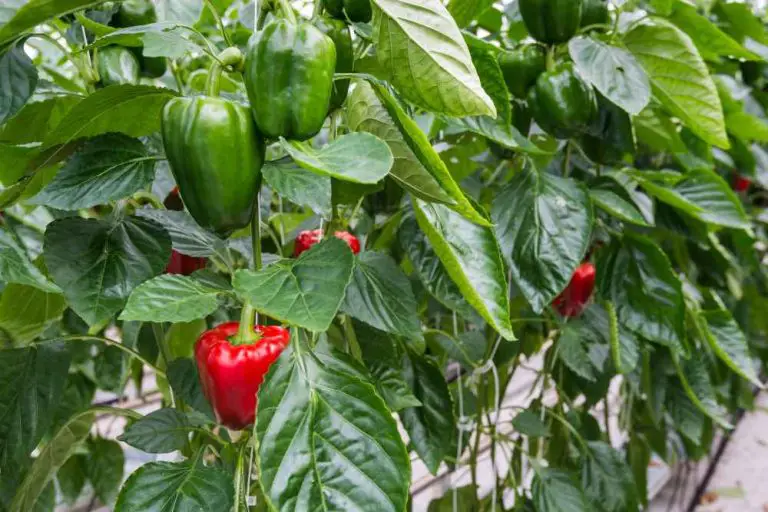A Comprehensive Guide on How to Start a Garden in Michigan
No matter where you reside, knowing the proper time to plant your vegetable in the garden will guarantee a healthy growth cycle and yield. Here is an article on How To Start a Garden in Michigan.
The timing of growing vegetables varies significantly between locations. Gardeners in Michigan, face cold winters and sometimes late springs, depending on where they live in the state. Many different warm-season, cool-season, and tender crop timing considerations in a Michigan vegetable garden primarily rely on soil temperature and frost dates. Because Michigan encompasses USDA zones 4 through 6, there is some variation in when and how to begin gardening in different months.
What Vegetables Can You Plant In Michigan?
Gardeners with expertise know that planting a vegetable garden doesn’t require sunny days and temperatures above 70 degrees. In the milder temperatures of early spring, seeds of some “cold” plants germinate and grow more quickly.
You may start planting in late March or early April to benefit from the longer growing season, depending on where you are in Michigan. Use this technique early to obtain fresh greens, root crops, and cole crops. Chilly season vegetables can be sown after the soil temperature reaches 50 degrees.
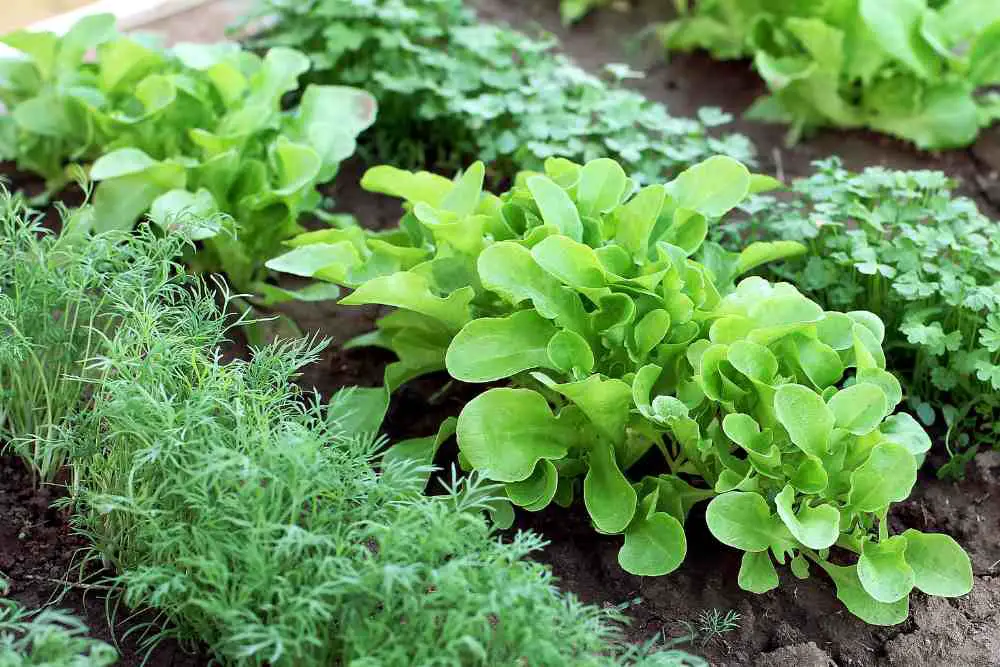
Not all vegetables grow in the same climate or at the same time of year, and not all of them are equally resistant to heat, cold, shadow, or snow. Crops that grow well in warmer climates are known as warm-season crops. Unfortunately, all of them are tender crops that can be damaged or killed by frost.
Warm-season crops include:
- Melons (Cucumis melo),
- Cucumbers (Cucumis sativa),
- Tomatoes (Solanum lycopersicum),
- Sweet maize (Zea mays var. saccharata),
- Peppers (Capsicum spp.).
Cool-season veggies, on the other hand, enjoy the colder temperatures of fall and spring. Most can withstand frost, and some can even withstand temperatures as low as 20 °F.
Cool-season crops include:
- Onions (Allium sepa).
- Peas (Pisum sativum).
- Spinach (Spinacia oleracea).
- Leafy lettuces (Lactuca sativa).
- Broccoli (Brassica oleracea).
Cole crops include:
- Kohlrabi (Brassica oleracea gongylodes group).
- Broccoli (Brassica oleracea var. italica).
- Cauliflower (Brassica oleracea var. botrytis).
- Kale (Brassica oleracea var. sabellica).
When cultivated in the summer, cool-season vegetables sometimes bolt, develop tough or woody, or have other undesirable flavors or textures.
Checking Soil Temperature
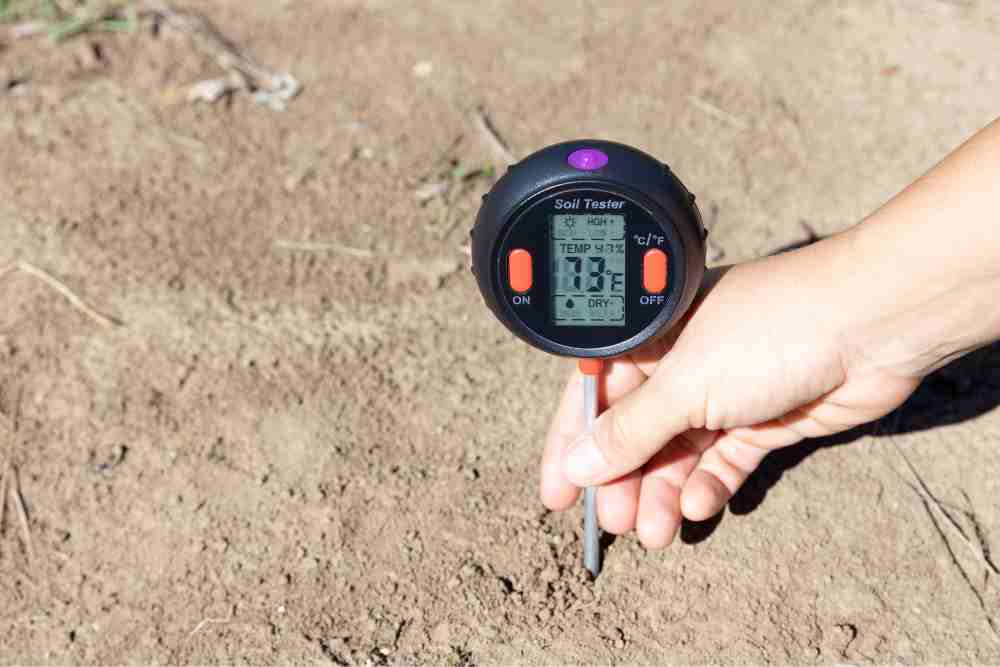
Check the soil’s temperature to ensure your ground is prepared for different seeds. Different soil temperatures are beneficial for growing various crops. A soil thermometer can be purchased at your neighborhood garden center or hardware store. Any thermometer that can read temperatures at various depths can also be used.
For example, while tomato plants and corn do well when planted at about 55 degrees F, many tender warm-season crops need soil temperatures between 64 and 75 degrees F. Conversely, cold-tolerant crops germinate and flourish in soil temperatures as low as 45 degrees F.
Days To Harvest
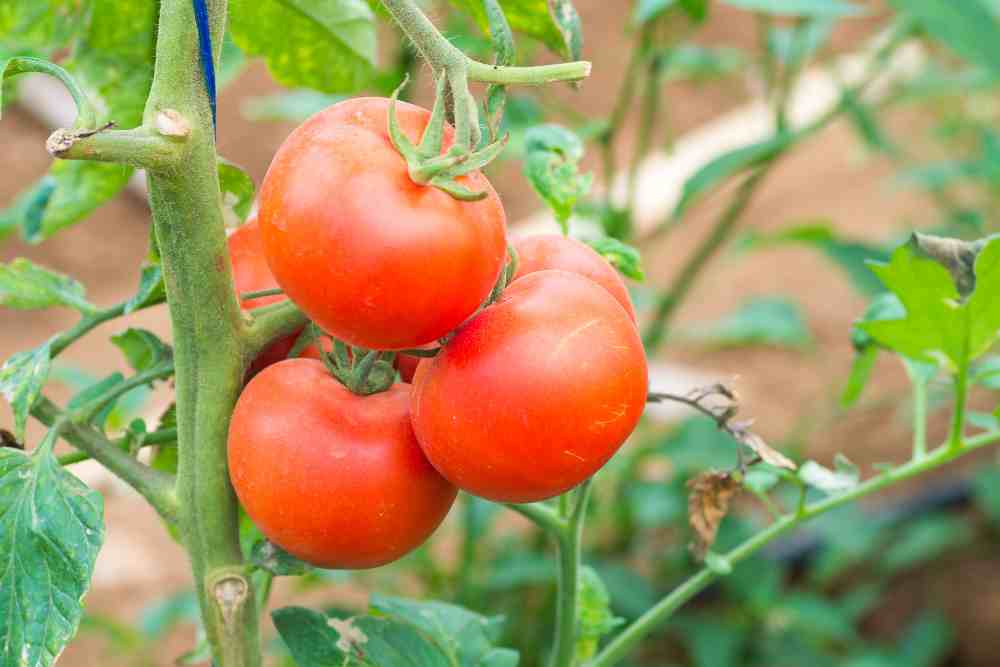
You may choose when to sow the seeds for fall planting by understanding each crop’s days to harvest, also known as days to maturity. It is specified on each seed packet how many days it will take a seed to grow and produce fruit suitable for harvest. Warm-season crops with short growing seasons can often be planted twice in summer.
Give yourself a planting date for frost-tender vegetables by deducting the days until harvest from your last typical fall frost date.
For easy reference, check out the month-by-month Michigan planting guide below, but first, keep in mind the areas belong to each zone. Here are some :
- Zone 4 – Iron, Gogebic, and Baraga
- Zone 5 – Alger, Delta, and Luce to places like Osceola and Clare
- Zone 6 – Ottawa, Mason, Cass, Oakland, and Sanilac
Zone 4
| Vegetable | Time Period |
|---|---|
| Broccoli | Start of April – Mid-October longest growing season |
| Beets, onions, carrots, tomatoes, spinach, kale, peppers, and Brussels sprouts | From Mid-April to Mid-October |
Zone 5
| Vegetable | Time Period |
|---|---|
| Onions, peppers, Beets, and Tomatoes | Broccoli, Potato |
| Brussel Sprouts | From April to October |
| Cabbage | Mid-April to October |
| Spinach, Lettuce, Cauliflower, Kale, | April to September |
| beets, and Peas | April to mid-October with the first growing season starting in April and ending in June. |
| Lettuce, Spinach, kale, Cauliflower, | April and ending in June; August rather than mid-July |
| lettuce, Spinach, Kale, Cauliflower, | April to August |
Zone 6
| Vegetable | Time Period |
|---|---|
| Brussel Sprouts, Cabbage – Outside Spinach, Broccoli, and Beets – Inside | May to end of October |
| Cauliflower | March to mid-June |
| Peppers, Lettuce, Kale, | May to end of September |
| Carrots | Mid-March to the end of August |
| Beets | Mid-March to end of June; mid-July to mid-August |
| Peppers, Lettuce , Kale, | mid-March to the end of September |
| Onions | Mid-March to end of June; August to October |
| Peas | mid-March to end of May; August to October |
| mid-March to end of June; August to October | Mid-March to end of June; August to October |
Additional Reading
- 18 Creative Ideas for Stunning Garden Borders - April 16, 2024
- 19 Creative and Cheap Backyard Ideas: Transform Your Backyard on a Budget - April 11, 2024
- 15 Ingenious Kitchen Garden Ideas to Cultivate Freshness Right at Home - April 7, 2024

